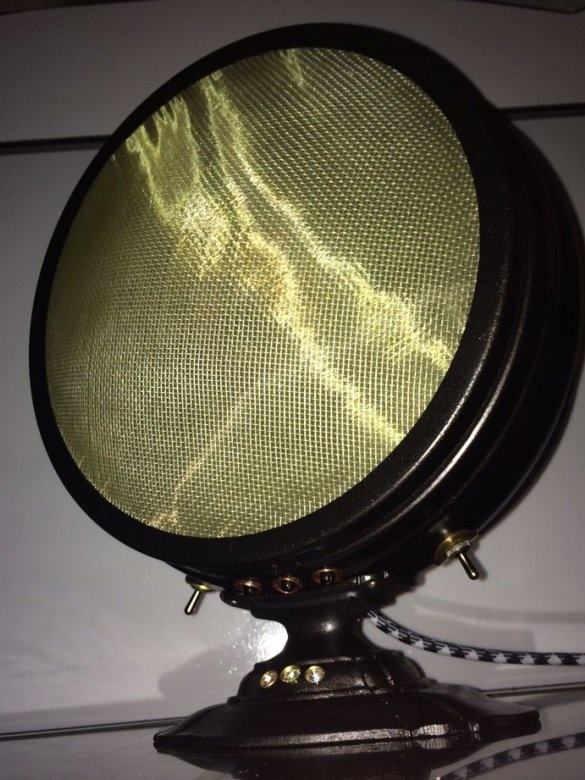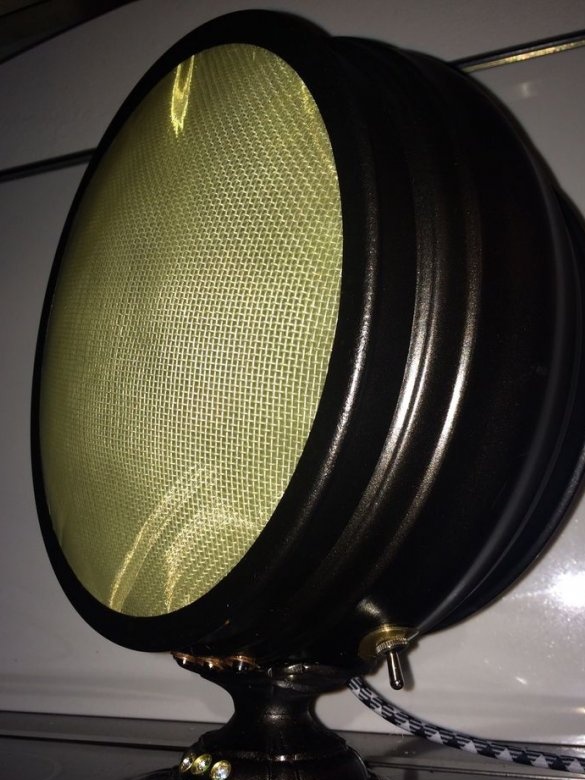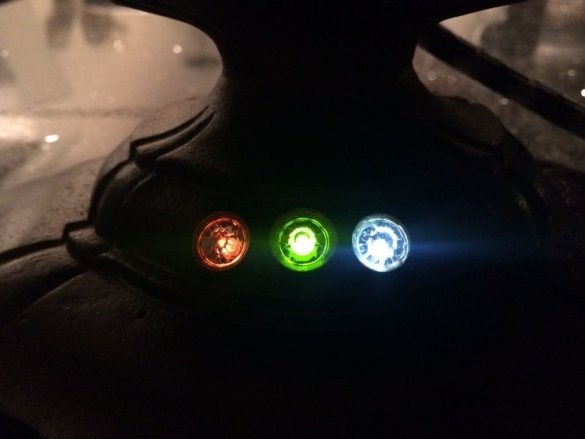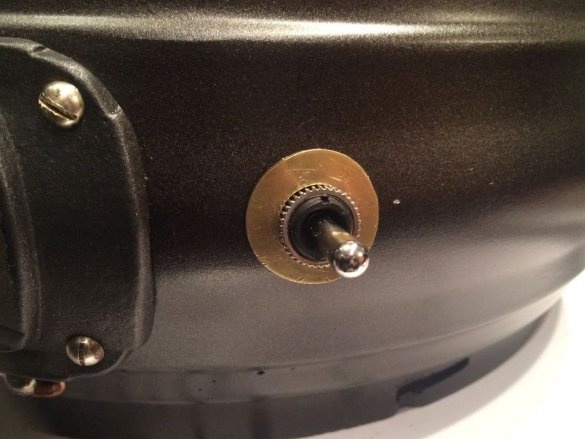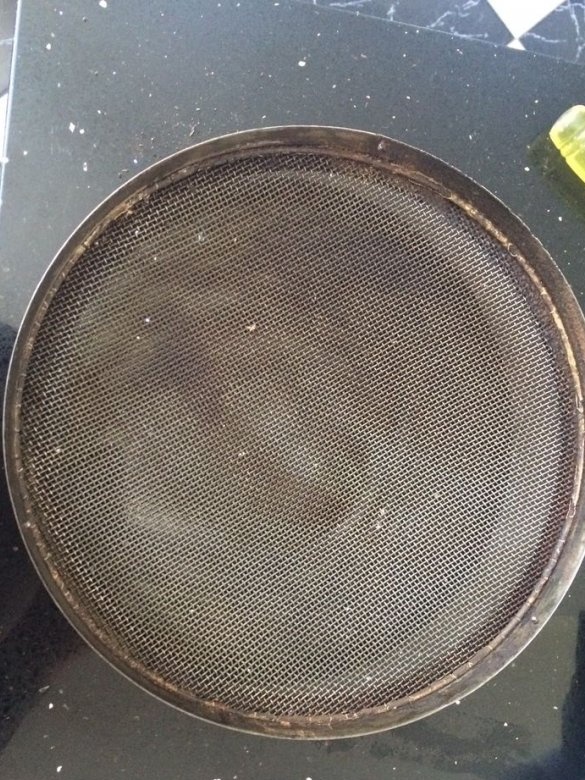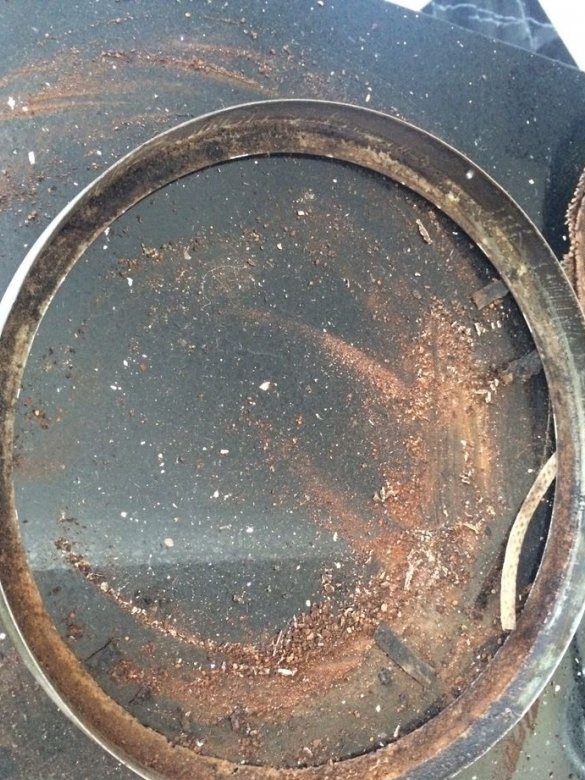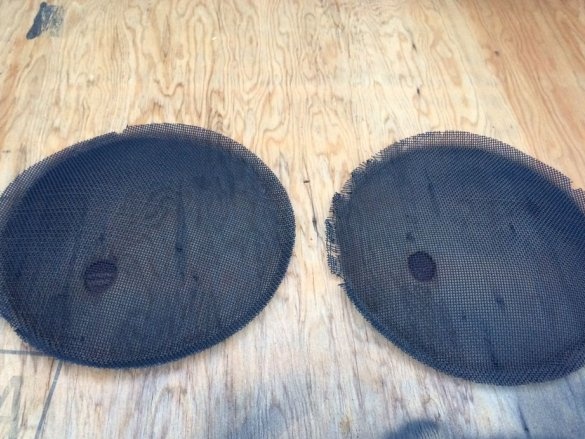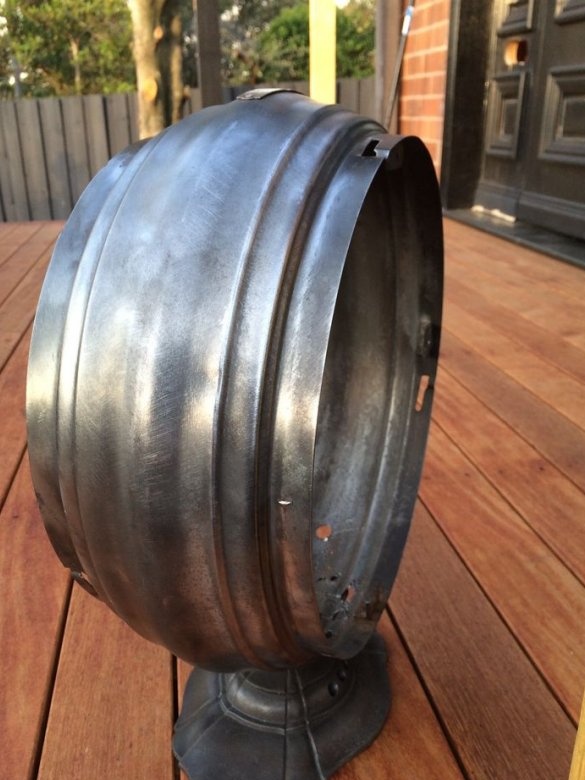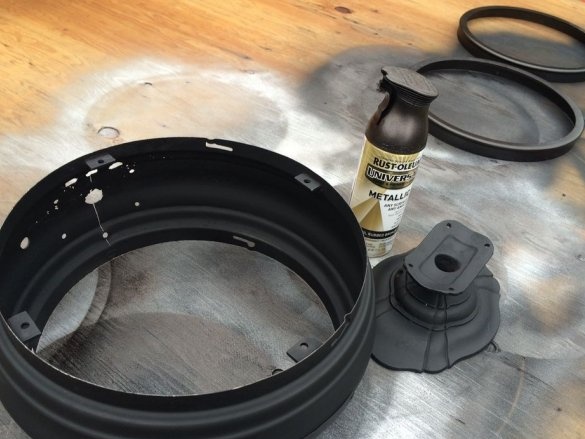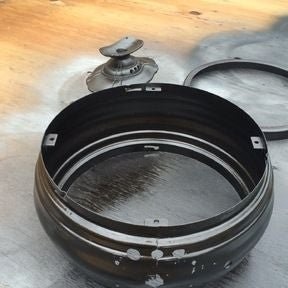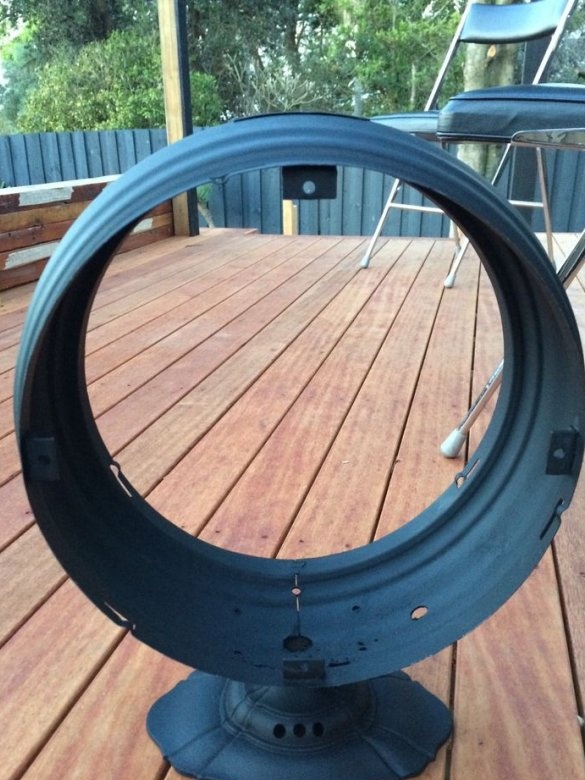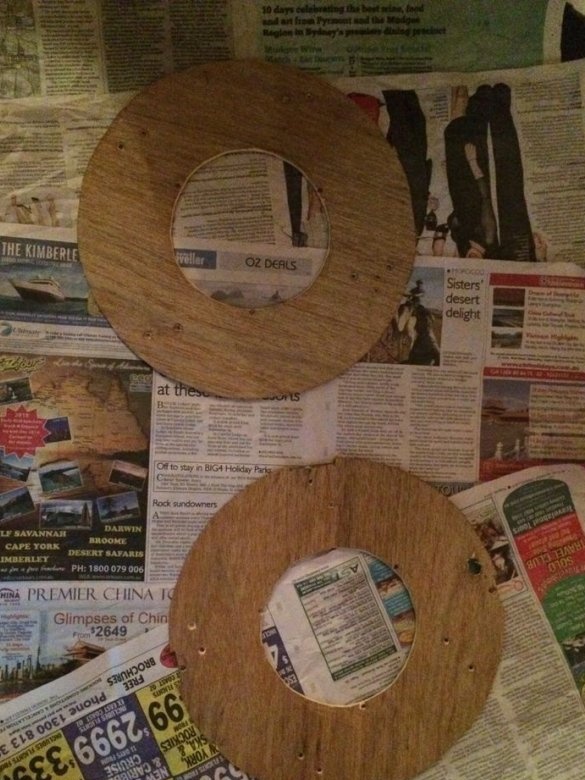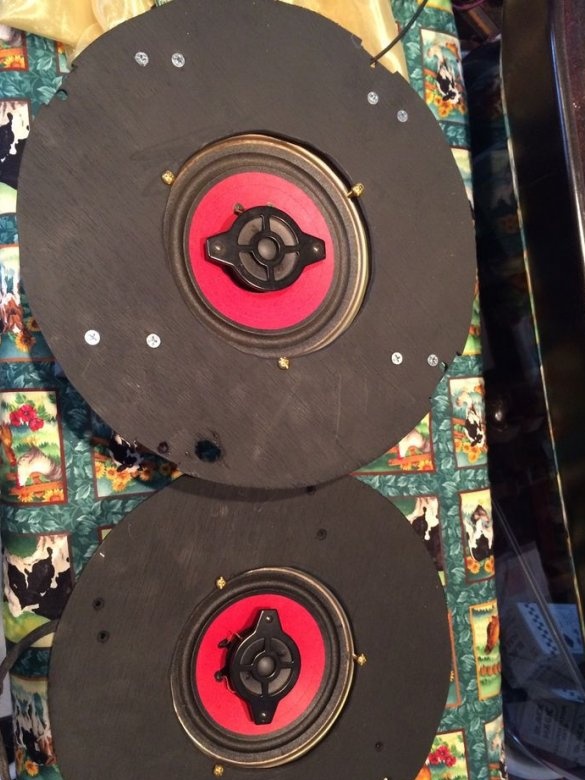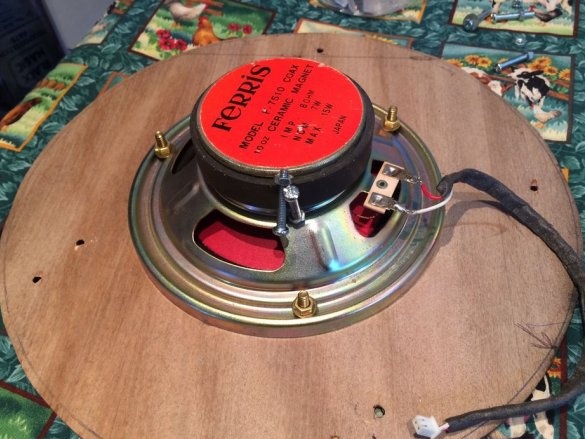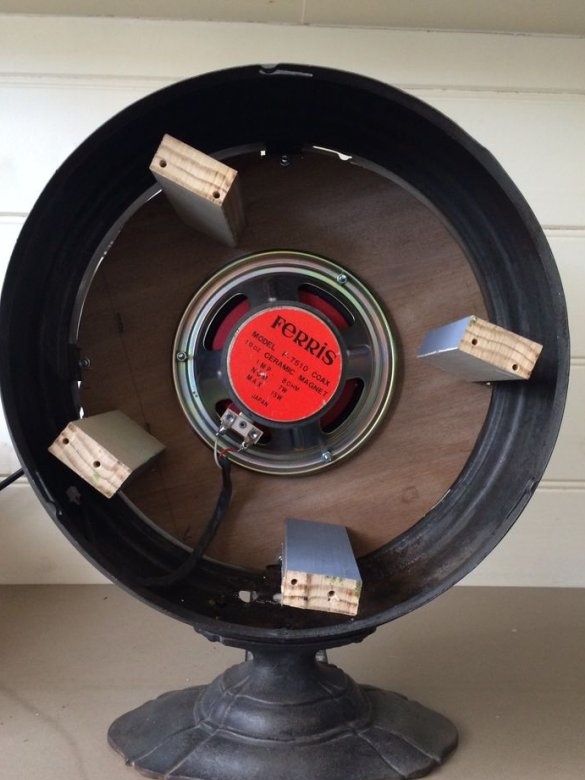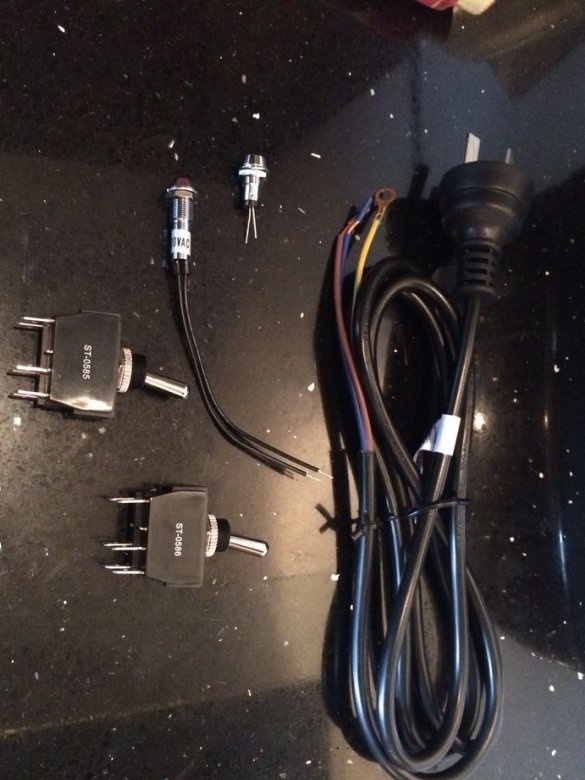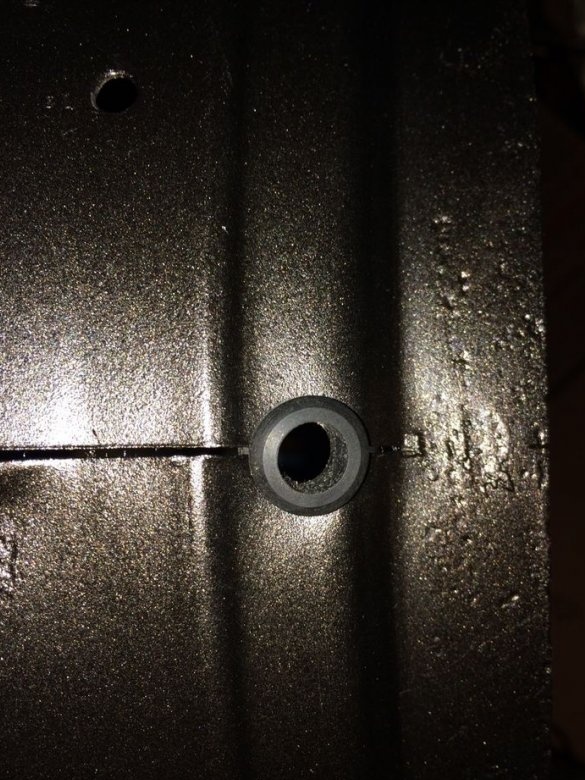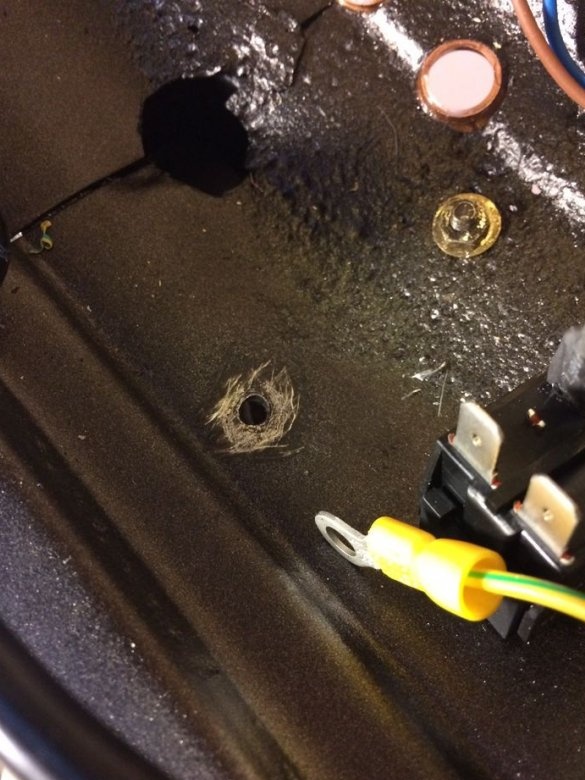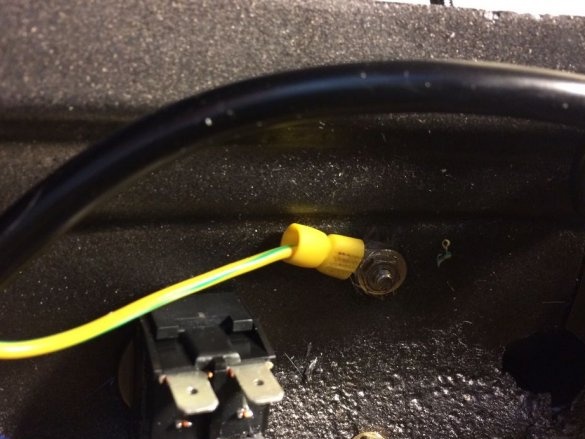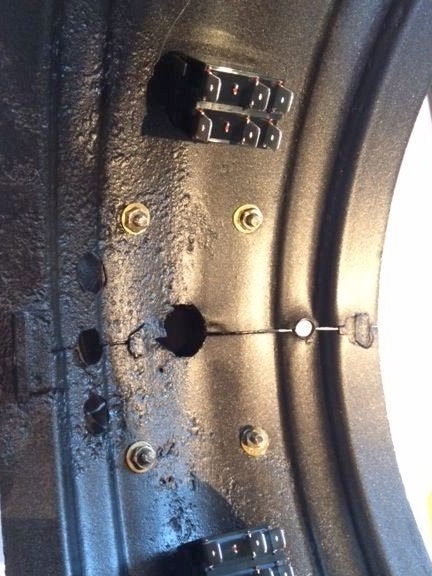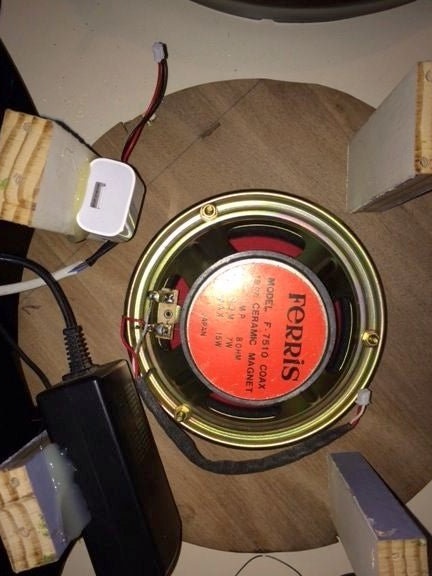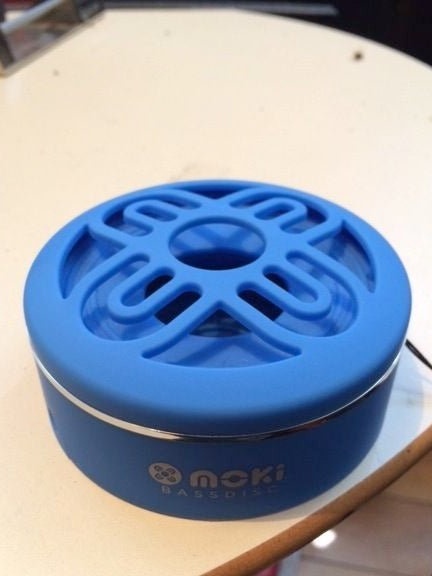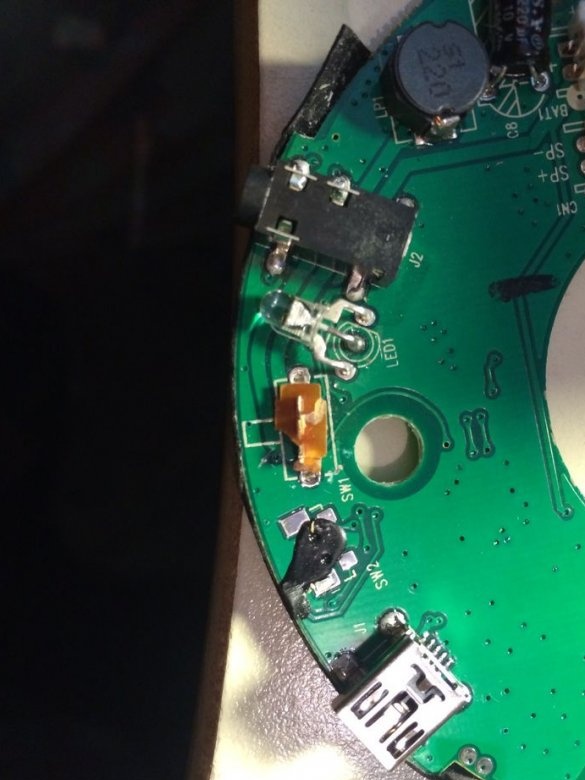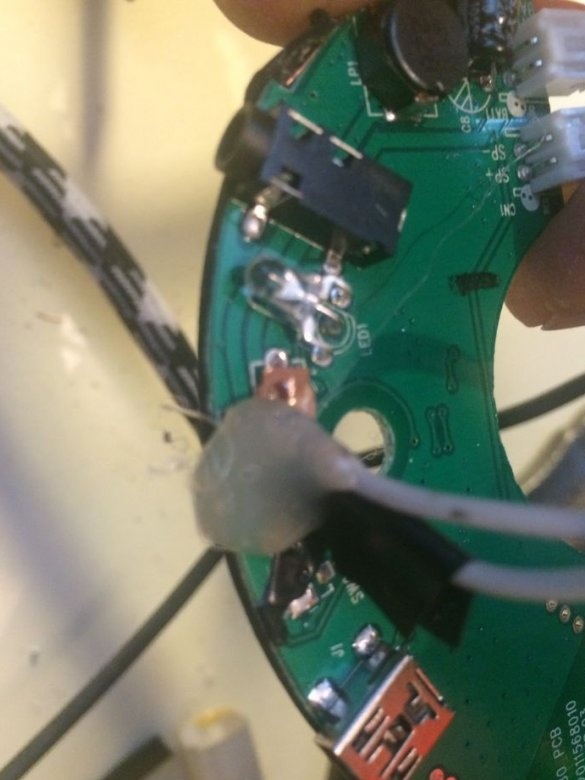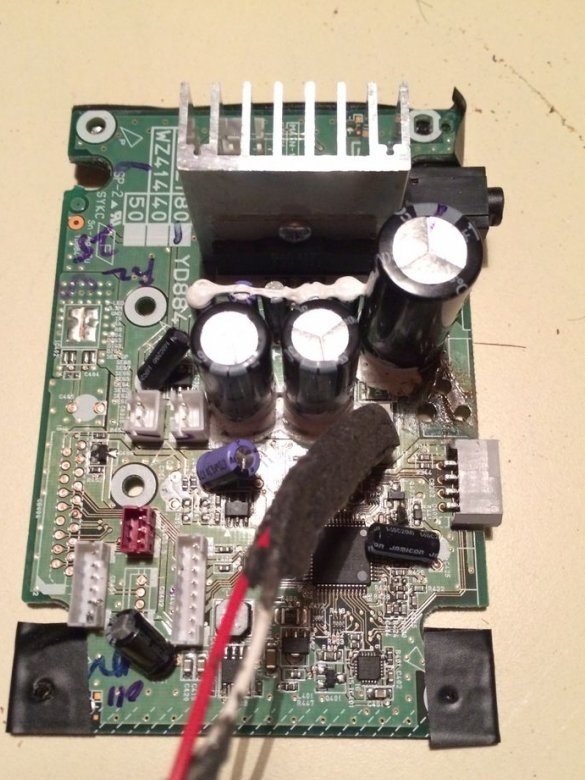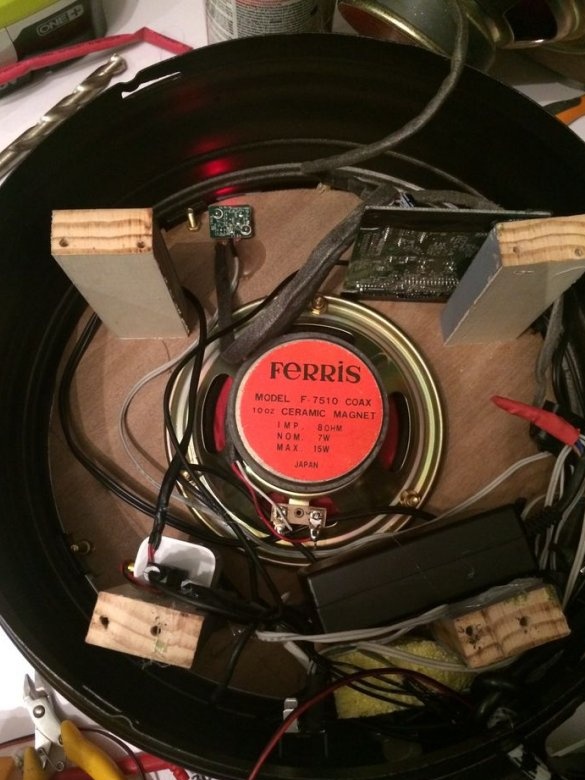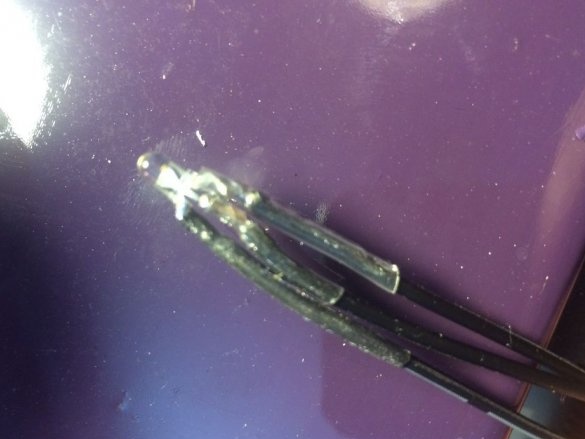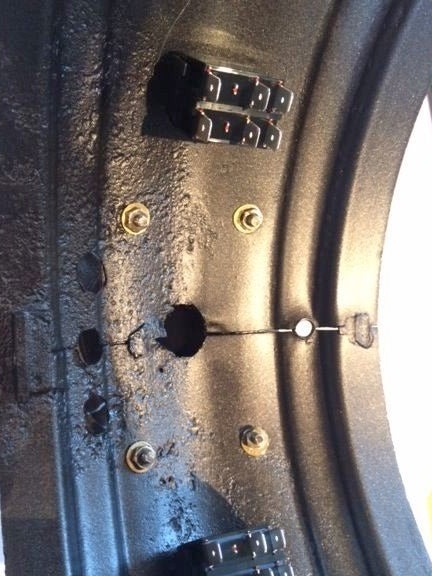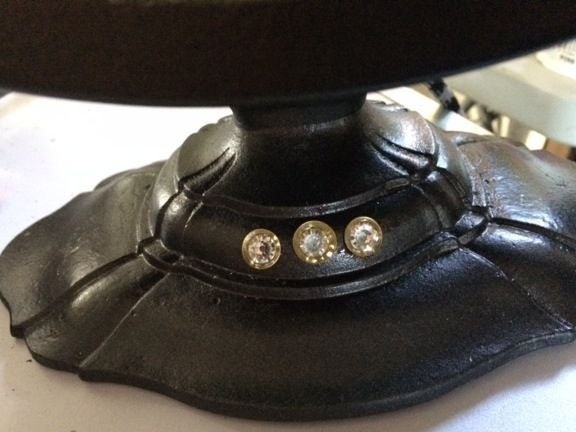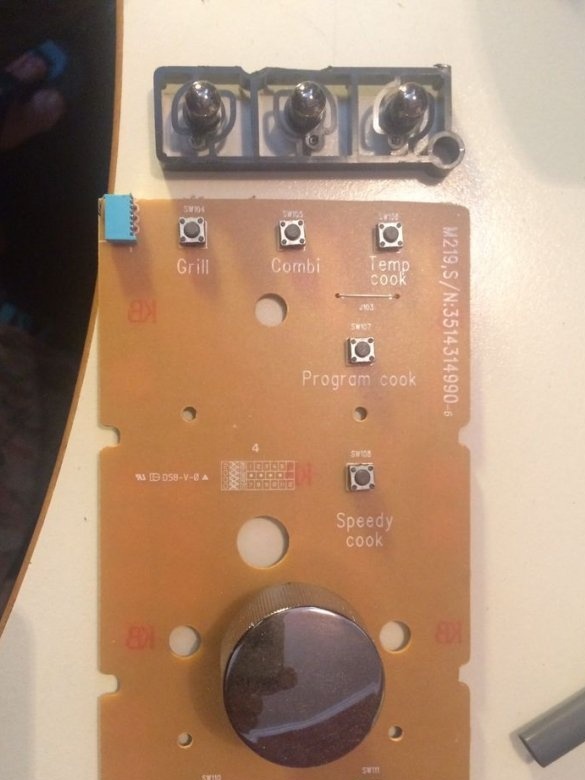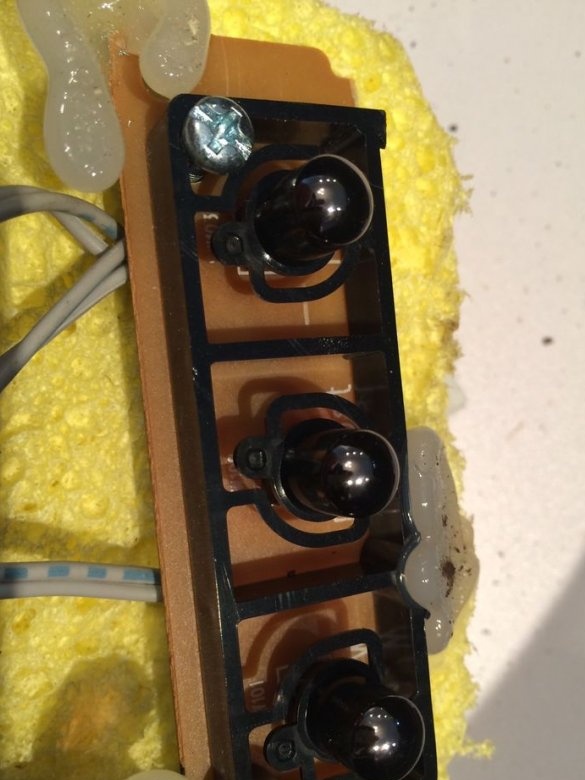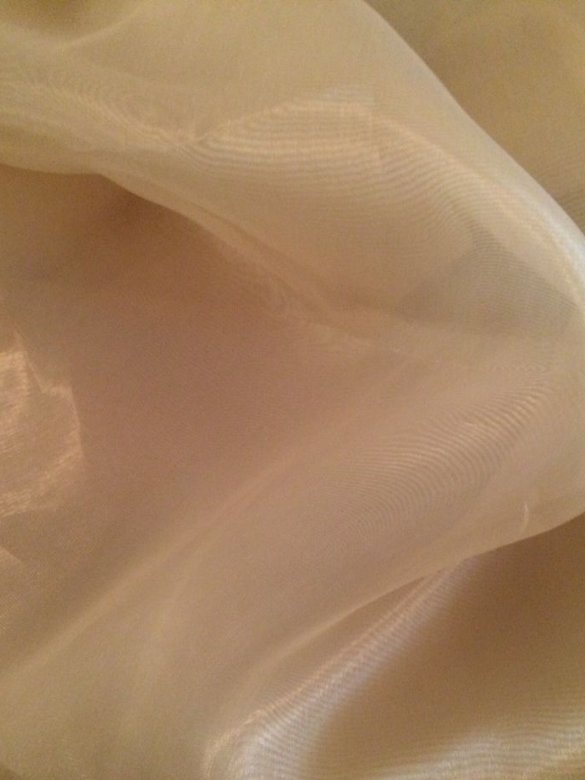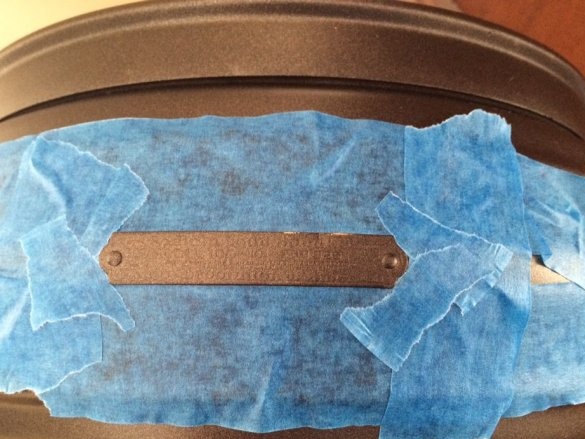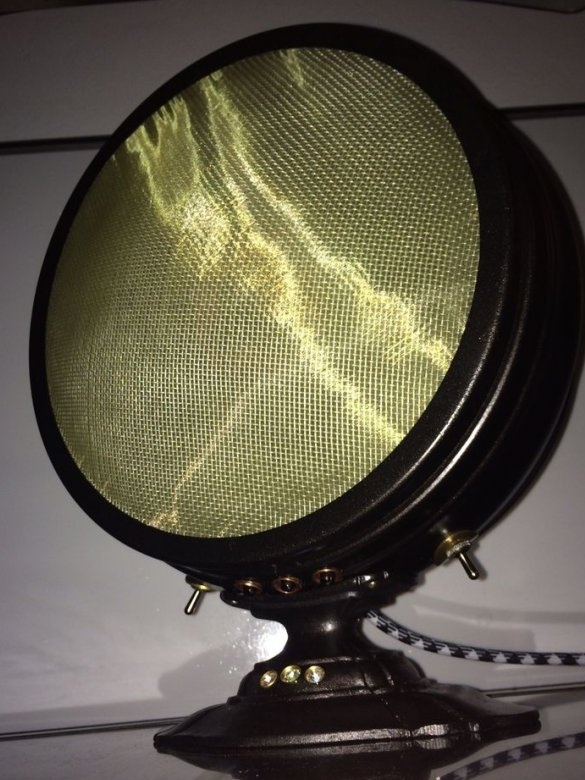The author of Instructables under the nickname bricabracwizard found on a flea market and immediately acquired an empty enclosure from a 1921 loudspeaker. It turned out to be an unusual case with identical grilles on both sides. Whether there really were two dynamic heads in it (or not dynamic ones - then electromagnetic sound emitters with fixed polarized electromonite and a steel membrane were popular) is unknown. Be that as it may, since the case is empty, it means that you can put in it some modern audio device. Including Bluetooth. But this is not so new, the Hertz vibrators (1886-1888), known from the school course in physics, already worked on decimeter waves, and not far from the centimeter ones used in Bluetooth.
But back to the time when the device still did not look as beautiful as on the KDPV. The case was not only empty, but also rusty. The master cleans it from rust with a drill with a wire brush, then primers it and paints it with bronze paint, which it bakes for 45 minutes at a temperature of 160 ° C.
The master puts modern dynamic heads on home-made plywood disks with holes in the center. Since the loudspeaker case, as mentioned above, is two-sided, the master connects the disks to each other with four bars of suitable length so that the dynamic heads are directed in opposite directions. And tries on whether the result fits the case. Of course it does.
The master installs two toggle switches, LED indicators and two PSUs in the case: one for the board from the Bluetooth speaker, the other for the amplifier from the Yamaha PDX-11 docking station. He expands one of the holes in the case, places an insert to protect it from grinding and passes a power cable through it with a knotted from the inside of the case, through which it supplies mains voltage through the toggle switches to both PSUs. The rations are insulated with a heat shrink tube. PE conductor (protective earth) connects to the housing. The PSU connects LED indicators to the outputs.
The wizard parses the Yamaha PDX-11 Bluetooth speaker and dock, removes the cards from them, and connects the output of the first to the input of the second, and the output of the second to the dynamic heads. Each board is powered by a suitable PSU. The LED, indicating the pairing via Bluetooth, leads out on the conductors, its outputs are wrapped in a tube.
In the casing stand, the master discovers holes drilled through by corrosion, in which the master installs buttons from a disassembled microwave oven, complemented by home-made pushers.These buttons will control the board from the dock. They harmonize well with the tumblers.
LEDs, however, violate this harmony, if they were all the same, at 2400 K they would pass for incandescent lamps.

Done, you can use it. Despite the fact that the case is completely metal, and even grounded by all the rules, it obviously has enough slots in it to penetrate centimeter waves, and Bluetooth works. But there remains a small touch. Having covered with masking tape and fabric the entire case, except the nameplate, the master restores it with 1200 grit sandpaper until the inscriptions begin to be read on it.
This is how the master turned out to be an excellent combination of a vintage, beautifully restored body and modern electronics.

